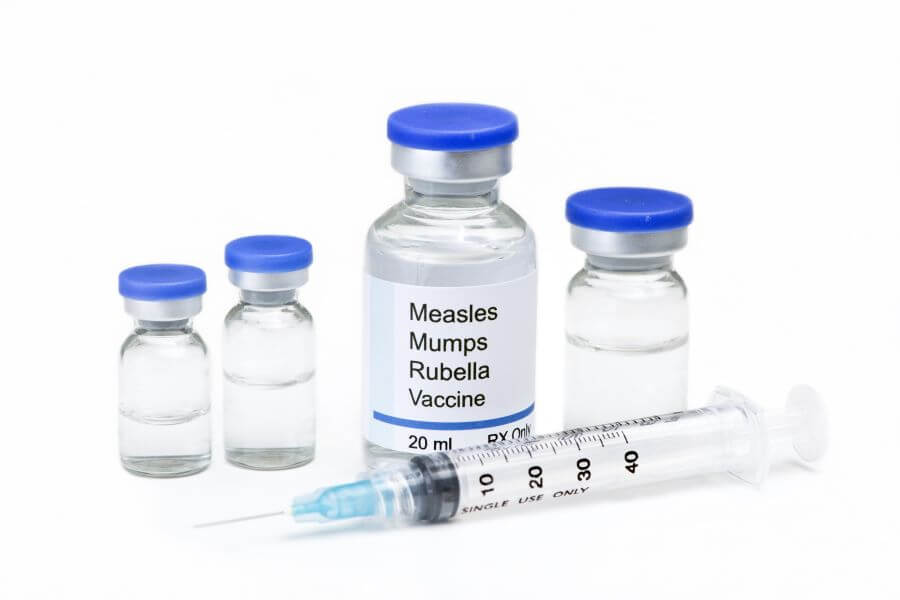The Measles Mumps Rubella (mMR) Vaccine


The measles, mumps, rubella vaccine, or MMR, is probably the most widely recognized vaccine given to children. Parents often bring up the MMR at one of their child’s first well exams, wondering when the vaccine will be administered and sometimes worried about side effects. However, the first dose of MMR is not given until after the first birthday, with the second (and final) dose given after the fourth birthday.
The MMR is a live-attenuated vaccine, meaning it is a living, functional virus that has been altered so it can still provoke an immune response but doesn’t have the ability to actually cause the disease it’s meant to protect against. Although the idea of using a live-virus vaccine can be unsettling, live-virus vaccines produce a stronger immune response and therefore offer better long-term protection than their killed-virus counterparts.
MMR is a combination vaccine, meaning that one injection protects again all three diseases listed. Most doctor’s offices and health clinics offer either the MMR vaccine or the MMRV vaccine. MMRV combines measles, mumps, rubella vaccine with varicella (chickenpox) vaccine. At this time, there is no measles-only vaccine in the US.
Measles, mumps, and rubella are all serious viral diseases that cannot be treated with antibiotics.
Infection with measles causes a few days of coughing, followed by upper respiratory symptoms, fever, red eyes, and red spots in the back of the throat known as Koplik spots. Measles is highly contagious. Measles’ most feared complication is acute encephalitis, a brain infection. Prior to vaccination, one in 1,000 people who acquired measles developed encephalitis.
Mumps is characterized by swelling of the parotid glands, which lie just in front of your ears. Symptoms include fever, muscle aches, fatigue, and headache, in addition to the characteristic swelling of the glands. Post-pubescent boys can also develop testicular swelling. Mumps can include meningitis, which is inflammation of the lining of the brain and spinal column. The virus is spread from person to person through infected respiratory droplets.
Rubella, also known as German measles, presents as a non-specific illness with symptoms that include fever and swollen lymph nodes over the back of the neck and head and a characteristic rash. Vaccination is especially important because the virus is very easily passed from a pregnant woman to her developing fetus in the first trimester of pregnancy, with catastrophic results. In fact, all pregnant women get a blood test looking for rubella antibodies. If no antibodies are found, a booster vaccination is recommended after the delivery of the baby.
Like all vaccines, side effects and sometimes severe allergic reactions are possible. However, the side effects of the vaccine are much, much less severe than getting the diseases themselves. About one in five children will get a fever up to 12 days after the shot. About one in 20 will experience a rash. There is also the chance that a child will have a seizure caused by a fever. This risk is greatest in those who receive the combination MMRV vaccine (about 1 child in 1,250). It is important to read the vaccine information sheet (VIS) provided to you by your child’s doctor prior to deciding to give any vaccine.
Sources:
- American Academy of Pediatrics
- Red Book Online
- Summaries of Infectious Diseases: Measles.
Centers for Disease Control and Prevention - Possible Side-effects from Vaccines.
Centers for Disease Control and Prevention - Measles, Mumps, and Rubella (MMR) Vaccine.
Nelson Essentials of Pediatrics, 4th ed - Behrman, Richard E
- and Robert M
- Kliegman: pp.453-456
Powered by Bundoo®












































